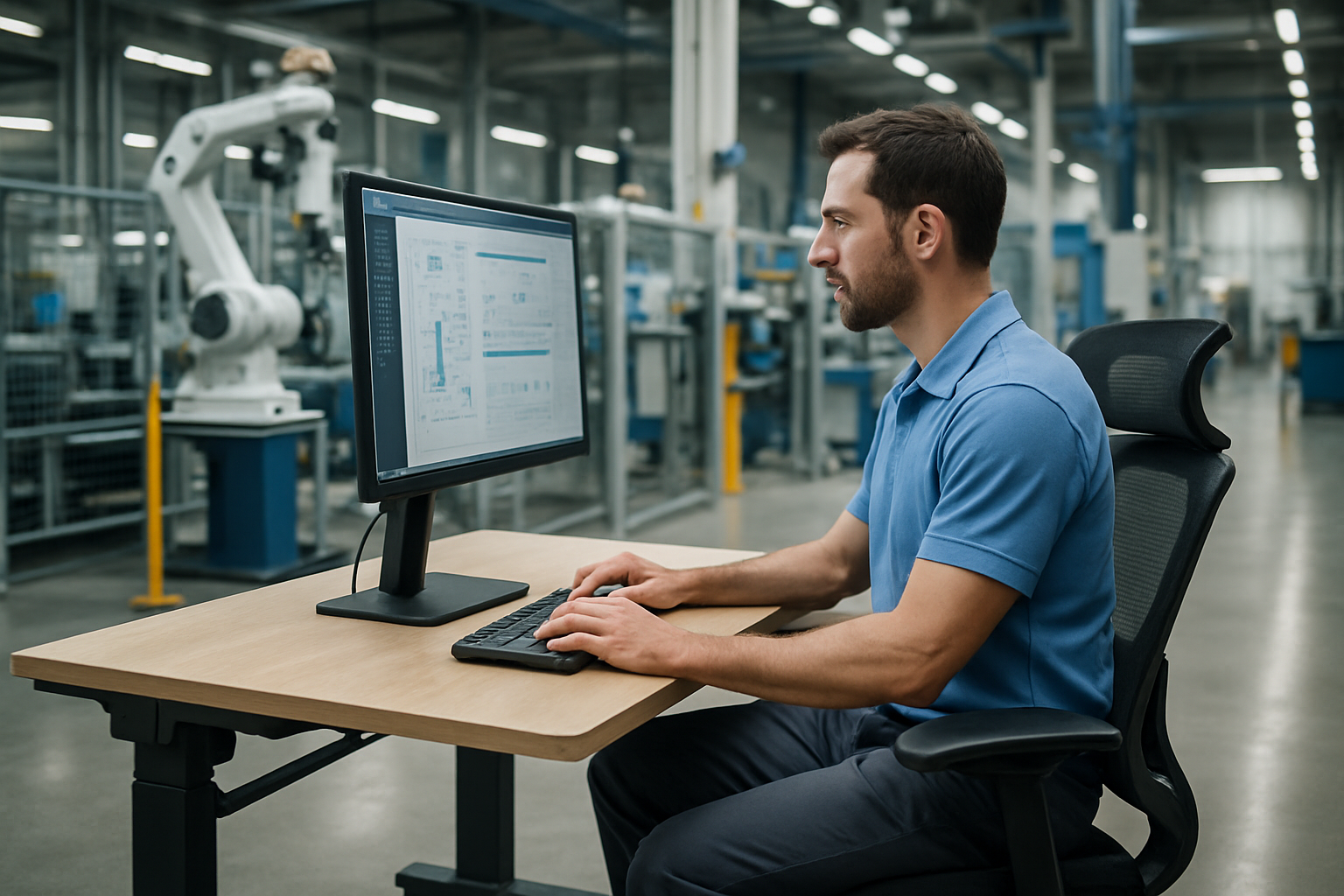Pioneering Productivity: The Breakthrough of Industrial Ergonomics
Introduction: As the global economy grows more competitive, the spotlight is increasingly on industrial ergonomics as an untapped opportunity for businesses. It offers a strategic advantage by enhancing productivity, reducing injury-related costs, and improving employee satisfaction. But what is industrial ergonomics, and how can it shape the future of industrial operations?

Industrial Ergonomics: A Historical Overview
Industrial ergonomics, or the science of designing workplaces to suit the capabilities and limitations of workers, has its roots in the early 20th century. It was during this era that the Hawthorne Studies revealed the profound impact of worker comfort and satisfaction on productivity. This led to increased attention to the physical and mental well-being of workers, eventually giving rise to the discipline of ergonomics. Today, it is a multifaceted field encompassing aspects like workplace design, process optimization, and human-machine interactions.
Current Trends in Industrial Ergonomics
The rise of Industry 4.0 has revolutionized industrial ergonomics. Smart manufacturing, powered by the Internet of Things (IoT) and artificial intelligence (AI), is enabling unprecedented levels of customization and automation. This allows for the creation of ergonomically designed workstations and processes that can adapt to individual workers, reducing the risk of injuries and boosting productivity.
Impact of Industrial Ergonomics on Business Strategy
Adopting industrial ergonomics can significantly impact business strategies. It can lead to reduced costs associated with worker injuries and compensation claims. It can also enhance productivity by reducing fatigue and discomfort, leading to fewer errors and higher quality output. Moreover, it can boost employee morale and retention by demonstrating a commitment to employee well-being.
The Benefits and Challenges of Industrial Ergonomics
While the benefits of industrial ergonomics are clear, implementing it is not without challenges. It requires a thorough understanding of human capabilities and limitations, as well as the specific tasks and processes involved in the workplace. It also requires significant investment in equipment and training. However, the long-term benefits in terms of cost savings, productivity, and employee satisfaction make it a worthwhile investment.
Implementing Industrial Ergonomics: Practical Insights
-
Involve employees in the design process: They are the ones who understand their tasks best.
-
Invest in adjustable equipment and furniture: This allows for customization to individual workers.
-
Provide training on proper posture and movement: This can greatly reduce the risk of injuries.
-
Regularly review and update ergonomic practices: This ensures they remain effective as tasks and technologies evolve.
In conclusion, industrial ergonomics is a powerful tool that can drive productivity and growth in businesses. While it may be challenging to implement, the long-term benefits make it a worthwhile investment. As the world of work continues to evolve, businesses that prioritize ergonomics will be better positioned to attract and retain talent, enhance productivity, and stay ahead in a competitive market. As the saying goes, “The best way to predict the future is to create it.” By embracing industrial ergonomics, businesses can create a future of healthier, happier, and more productive workplaces.





